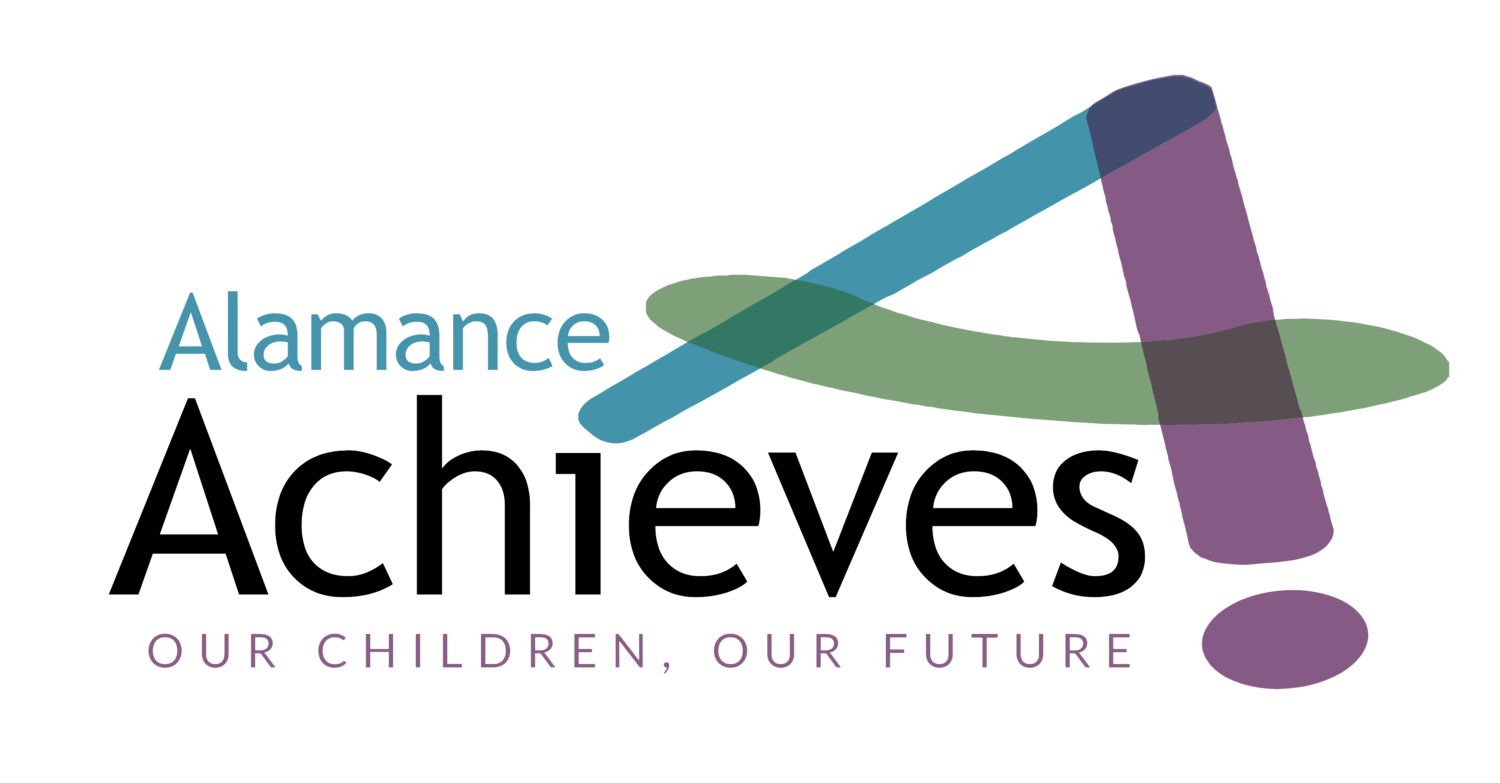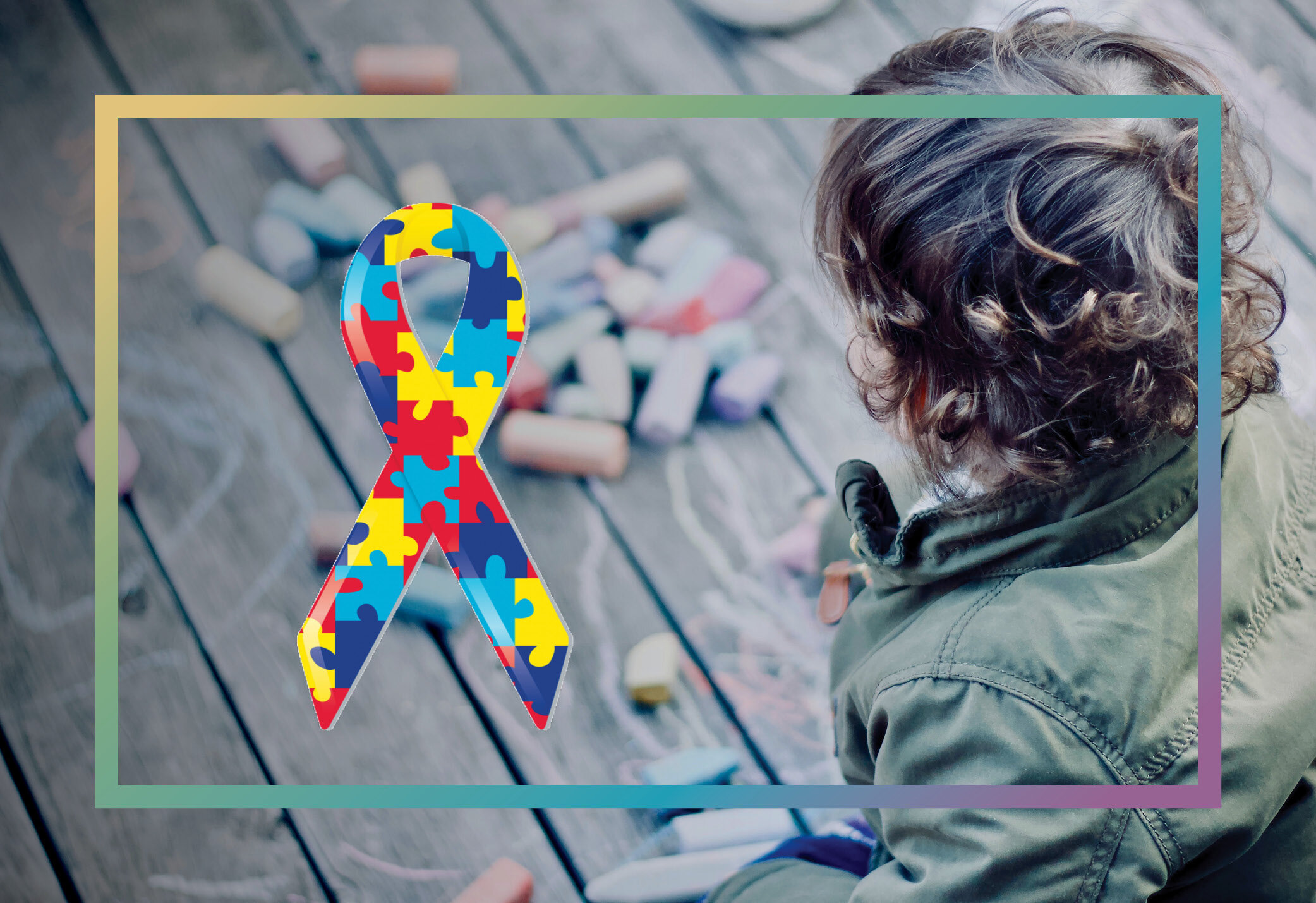Since 2015, The Young Musicians of Alamance (YMA) has been focused on breaking down barriers that keep children of low socio-economic means from fully exploring the world of music. The group was founded by Beth Bader after watching a 60 Minutes report on El Sistema of Venezuela. El Sistema began in 1975 with the mission to bring free classical music education to impoverished children to promote opportunity and development for these underserved youth.
Since the summer of 2020, Allie Arpajian has served as the executive director of YMA. Taking on this role during the pandemic has been challenging, but Arpajian also has found it has allowed for creativity and innovation. For instance, to keep the kids engaged she introduced a new program —a virtual bucket drumming class, which added about six new students. Currently around 35 students are engaged with virtual violin lessons, as well as general music classes. Enrollment for bucket drumming is currently open, and families can register their child at ymofa.org.
Traditionally, YMA has focused on stringed instruments and has a large selection of violins that, pre-pandemic, would be distributed to students in Title 1 schools in Alamance County. These students would then receive about 10 hours of instruction a week at no charge. The students are also given the violin to take home and keep for the year for practice. Arpajian says, “YMA pays for the upkeep of the instrument as well as lessons.” The value of the music instruction, instrument and its upkeep totals about $2,500 per child.
A partnership with the First Reformed United Church of Christ has provided YMA not only with a space for practice but also previously provided a sponsorship to further their mission. Pre-COVID, students reported to the church on weekends for lessons from 10 am to 1 pm. During that time the kids were also feed a hot meal. “All of the kids in the program are on free or reduced lunch, so this helped us to know they had a good meal on the weekends,” Arpajian explains.
Moving forward, Arpajian hopes to connect with Alamance Achieves to evaluate YMA’s programming. “We think together we can get some nice data on how the arts, specifically music is impacting our youth, how it sets them up for success — not just academically, but socially, emotionally,” she explains. The hope is that the data will let YMA know if they’re achieving the goals they’ve set out.
YMA also hopes to expand its reach further this spring, with a fundraiser to kick off a ukulele program, which kids have expressed an interest in, as well as preparing to find additional teachers for the fall, when hopefully children are back in the classroom. “There are so many benefits of music,” Arpajian says. “From increasing academics, to making kids be better problem solvers, to increasing empathy — there are so many things music can do for these kids.”













